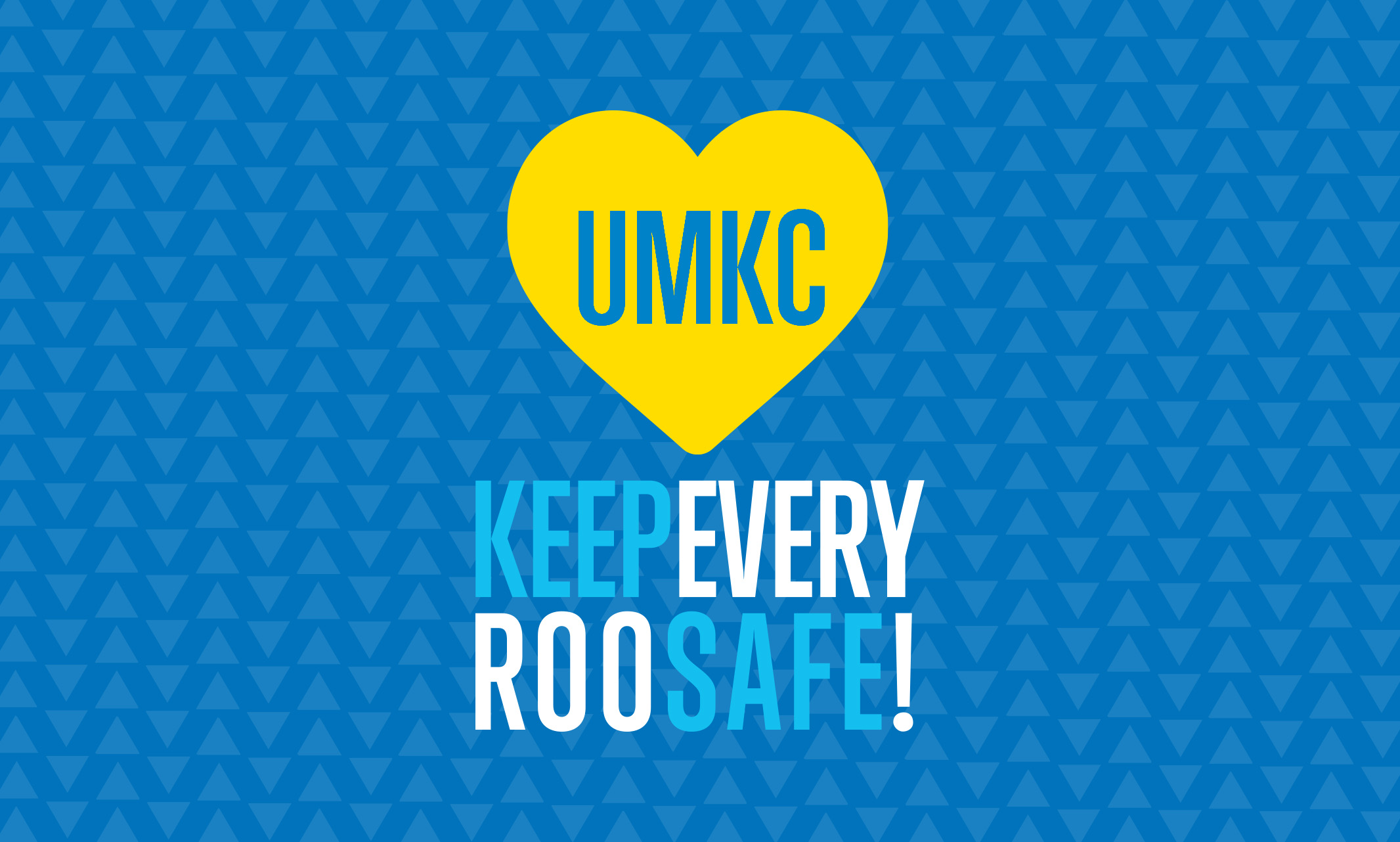UMKC has been working hard to follow the latest recommendations and precautions to keep our students, faculty and staff safe on campus as we continue to deal with COVID-19.
We spoke to Michael Graves, director of facilities operations at UMKC, to give us the information we’ve all wanted to know as we get ready to return to campus.
What are we doing to keep university facilities clean?
While buildings have been closed, Campus Facilities Management has remained on site performing enhanced cleaning and disinfecting of facilities at both Volker and Health Sciences campuses. They are using procedures recommended by the CDC and products approved by the EPA as effective against COVID-19. We’re continuing to follow those protocols as a part of daily cleaning and disinfecting services.
High-touch points like handrails, door handles and light switches are receiving increased cleaning. Most of that daily cleaning occurs overnight and during the early morning hours so that buildings are ready to be used the next day.
Is hand sanitizer being used on campus? Where are the dispensers?
Yes, hand sanitizer dispensers are stationed at every building entrance as well as other high-traffic areas. Our team will refill these daily. If you see a dispensing station that has been damaged or needs service, please call Campus Facilities Management at 816-235-1354.
What will be different about buildings when we return to campus?
Elevator capacities are being reduced to two-person occupancy to accommodate social distancing. New signage encourages occupants to face away from each other while in the elevator.
Water fountains are being taken off-line to prevent use. Bottle fillers will remain operational.
Acrylic “Plexiglas” type screens are being installed at reception desks, service counters and other spaces where close interaction for prolonged periods is common and social distancing is not practical. These are generally custom-made and may be requested by individual units as needed.
Breakrooms, lunchrooms, open shared spaces and gathering areas will be closed or significantly limited in use to avoid social gatherings. They may still be used for food and drink preparation and consumption (one at a time, or multiple people as long as 6-foot social distancing can be maintained). Users should disinfect any shared appliances after use including copiers, fax machines, microwaves and coffeemakers. There will be cleaning supplies nearby.
Tell us about the new signs on campus.
Signage is being placed around campus identifying sanitizer dispensers, promoting hand hygiene and social distancing practices, revising occupancy limits and more. It’s part of the university’s “Keep Every Roo Safe” campaign.
Do the buildings’ heating and air conditioning systems provide fresh air to the spaces?
Yes, UMKC buildings are designed to meet building code ventilation requirements that are based on the American Society of Heating, Refrigerating and Air-Conditioning Engineers (ASHRAE) standards. Those standards require a set number of air changes in every space per hour, based on the size and type of area. Those air changes include a certain percentage of outside air. All of those amounts are calculated to provide good air quality for the maximum occupancy allowed in the space. Since spaces are rarely filled to maximum occupancy, the buildings are almost always over-ventilated during normal operations.
What will Campus Facilities Management do if there’s a suspected case of COVID-19 on campus?
After any suspected case of COVID-19 on campus is communicated to campus leadership, Campus Facilities Management immediately will help vacate spaces that are potentially affected and close them so that others do not enter. Following CDC guidelines, the area will remain closed for at least 24 hours, before being thoroughly disinfected using an EPA- and CDC-approved process.
We want to make sure we maintain a safe environment for students to learn, and for our faculty and staff to teach and work.

